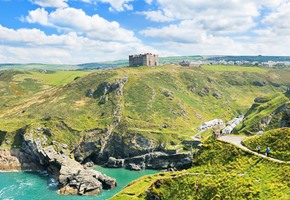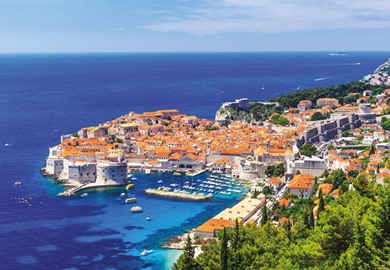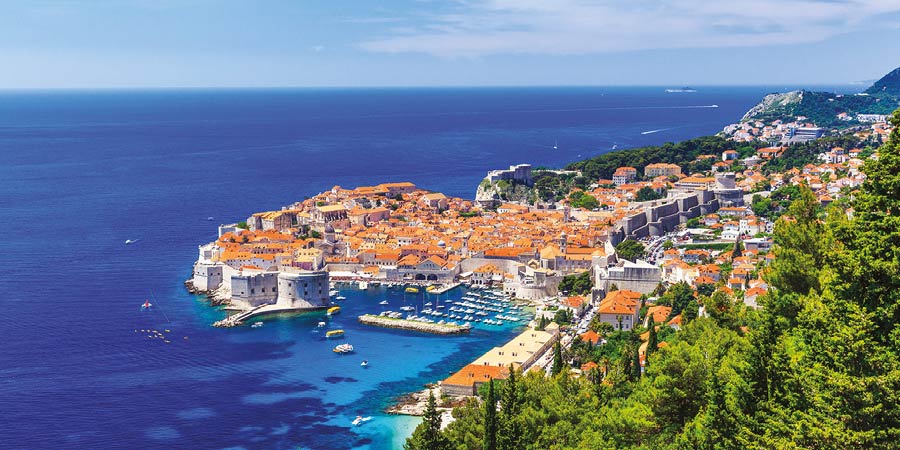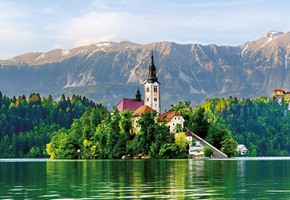
Seven Ideas for a Sustainable Holiday by Rail
09/07/2021 · By Sukie Chapman
Plan a sustainable holiday by rail with Great Rail Journeys. Explore our blog for six eco-friendly travel ideas to inspire your next amazing trip.
Read moreSet in a commanding position overlooking the Adriatic, the city of Zadar boasts an exceptional cultural heritage and a myriad of historic monuments and buildings. Its long history can be traced back to about the 2nd century BC, when Roman forces began to take the region's settlements. By 48BC the city was officially a colony of Roman citizens - and during this period Zadar acquired its forum, along with much of its current structure and street layout.
In the 6th century AD Zadar passed into the Byzantine Empire. Although it was now ruled by the Venetians, within a century Zadar became the capital of Byzantine Dalmatia. The city has always thrived on sea trade and fishing, and this new power only served to enhance its wealth further. The city's university was established during this period, along with many of the historic buildings that can be seen today.
With the fall of the Byzantine Empire in the late 18th century, Zadar was ruled by both France and Austria in quick succession. The Italians took control in 1918, and the city became part of Yugoslavia after the Second World War. In 1991, the city finally became part of the modern Croatia following a siege. Now, with such a rich and chequered history, the wide variety of cultural influences - and surviving architecture from most periods of its past - has made Zadar a true delight to discover, and as a result it attracts thousands of visitors each year.
Find out more with a free brochure and enjoy weekly travel inspiration and offers in our e-newsletter.





 (62 reviews)
(62 reviews)Marvel at stunning natural wonders and idyllic towns during a 13-day holiday to the three former Yugoslavian countries of Slovenia, Croatia and Montenegro. Unwind beside Lake Bled, uncover Slovenia's capital of Ljubljana and take a charming rail trip into the otherworldly Postojna Caves. Explore Croatia's historic capital, Zagreb, admire the...
